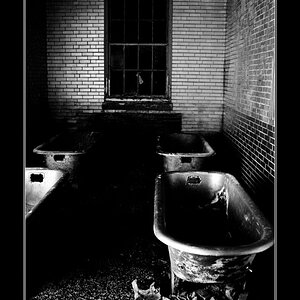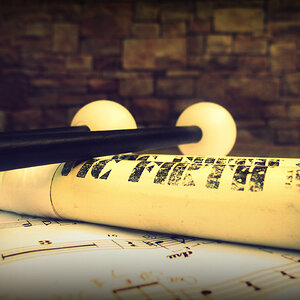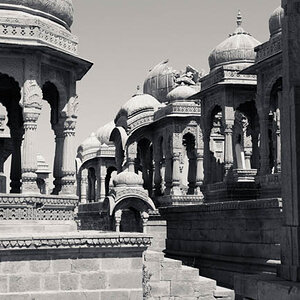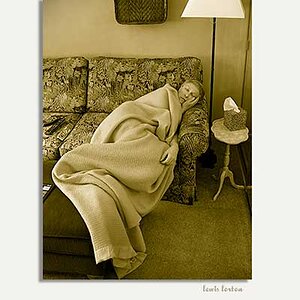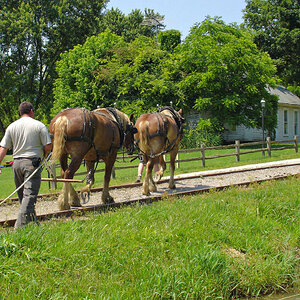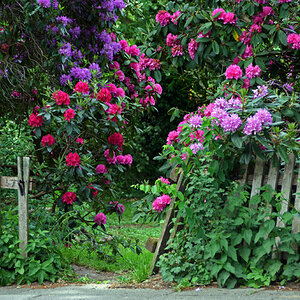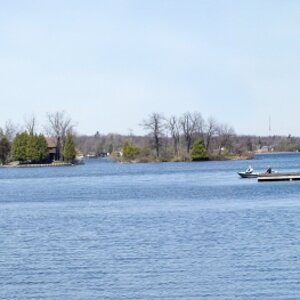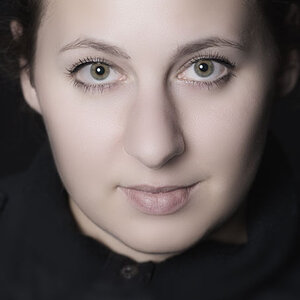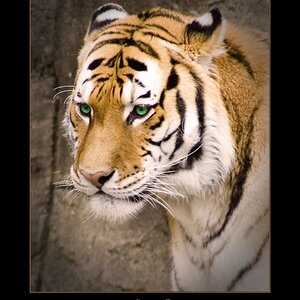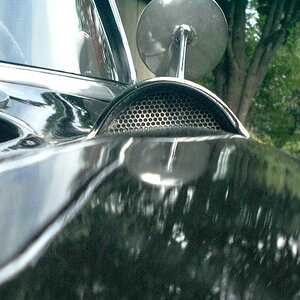harmonica
TPF Noob!
- Joined
- Mar 2, 2014
- Messages
- 47
- Reaction score
- 1
- Can others edit my Photos
- Photos NOT OK to edit
Here's a clip from the movie:
It's not just about lighting to get this look, it's also about camera settings I think. I tried some tests shooting with the contrast at 0, in the picture profile settings. However, the contrast in this movie is much higher, not just in the lighting but also in the film post processing.
Shooting flat, however, and adding contrast in post does not seem to work. Cause turning up the contrast in post, only takes down the darker areas, but the brigheter areas do not really go brighter. Compared to turning up the contrast in camera, where the brighter areas will go brighter. However, doing this in color makes actor's faces look pale, and sickly perhaps. Does this mean the Fail-Safe look, only looks good in B & W, or can you make this look work in color without making actor's faces so pale at a high contrast? Even if I don't overepose, they still look pale at a high contrast setting. Is this where the make up artist's job comes in, or do I have to fix this paleness in the camera settings or post?
Thanks.
It's not just about lighting to get this look, it's also about camera settings I think. I tried some tests shooting with the contrast at 0, in the picture profile settings. However, the contrast in this movie is much higher, not just in the lighting but also in the film post processing.
Shooting flat, however, and adding contrast in post does not seem to work. Cause turning up the contrast in post, only takes down the darker areas, but the brigheter areas do not really go brighter. Compared to turning up the contrast in camera, where the brighter areas will go brighter. However, doing this in color makes actor's faces look pale, and sickly perhaps. Does this mean the Fail-Safe look, only looks good in B & W, or can you make this look work in color without making actor's faces so pale at a high contrast? Even if I don't overepose, they still look pale at a high contrast setting. Is this where the make up artist's job comes in, or do I have to fix this paleness in the camera settings or post?
Thanks.
Last edited by a moderator:


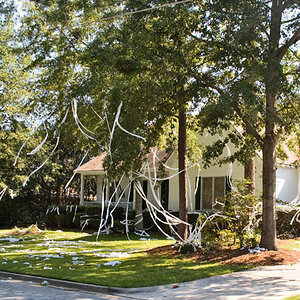
![[No title]](/data/xfmg/thumbnail/37/37490-9848752f4de5e403f7f20db193e0fb64.jpg?1619738111)
